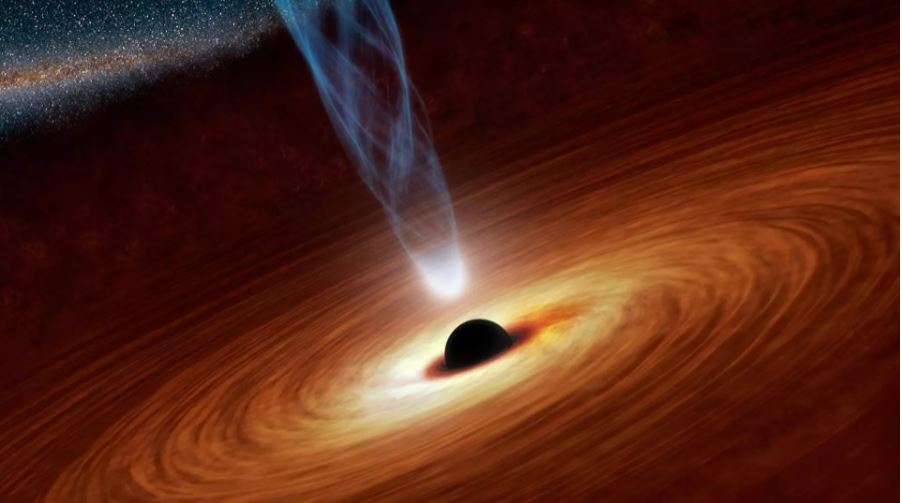According to research published on March 28 in the journal of the Royal Astronomical Society, the newly discovered black hole has a mass 30 billion times that of the Sun and is about 2 billion light years from Earth.
Illustration: NASA
It is one of the four largest black holes ever observed and the first to be observed using a technique called gravitational lensing, in which light from a distant galaxy is amplified and directed inward, creating an image of a supermassive black hole.
The study's lead author, an astronomer at Durham University in the UK, James Nightingale, described the process as "like shining light through the bottom of a wine glass" and would allow astronomers to discover black holes in the other 99% of galaxies that are currently inaccessible.
In this latest discovery, the researchers also used computer simulations and images from the Hubble Space Telescope to confirm their results, as well as eliminate factors that could have skewed the results, such as excessive concentrations of dark matter.
Nightingale said the enormous size was consistent with estimates of a black hole at the center of its host galaxy. It could also be the largest ever recorded, but this was difficult to confirm given the differences in detection techniques and the uncertainties involved.
The cosmic landscape is also about to change dramatically, according to Nightingale. The European Space Agency’s Euclid space telescope mission is scheduled to launch in July 2023, which is expected to usher in the “big data era” by creating a massive, high-resolution map of the universe. Nightingale hopes that in the next six years, Euclid will help uncover thousands of still-hidden black holes.
According to VNA/Tin Tuc Newspaper
Source link






































































































Comment (0)